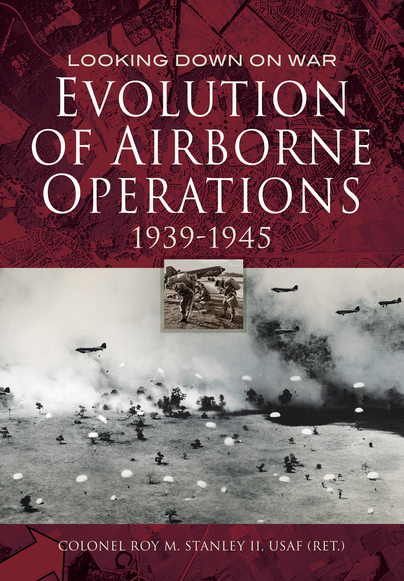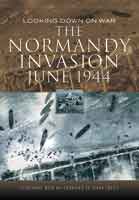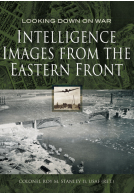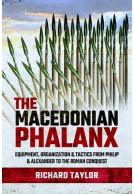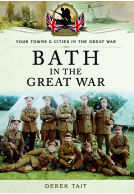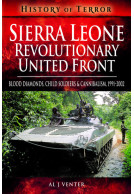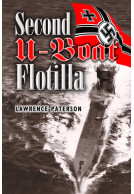Evolution of Airborne Operations 1939 - 1945 (Hardback)
Imprint: Pen & Sword Military
Pages: 269
ISBN: 9781473843806
Published: 7th October 2015
(click here for international delivery rates)
Order within the next 10 hours, 3 minutes to get your order processed the next working day!
Need a currency converter? Check XE.com for live rates
| Other formats available - Buy the Hardback and get the eBook for free! | Price |
|---|---|
| Evolution of Airborne Operations… eBook (219.2 MB) Add to Basket | £6.99 |
The development of air transport in the early 20th Century led military strategists to examine the concept of inserting light infantry at key points behind enemy lines by air landing and air drop.
The Germans were first off-the-mark with assaults in Norway and at Eben Emael in 1940. Crete saw a larger scale attack but while ultimately victorious the cost of men and equipment involved deterred any further Axis operation.
The Allies on the other hand developed the concept dramatically with the large scale operation HUSKY in Sicily. While only partially successful – there was massive loss of life and aircraft – airborne operations were a key, if relatively minor, element of Op OVERLORD – The D-Day Invasion.
The most famous airborne operation was the large scale but ill-fated MARKET GARDEN. Almost successful the Arnhem battle goes down as a heroic defeat. The culmination of WWII airborne operations was the multi-division Rhine Crossing VARSITY.
Expert author and collector Roy Stanley traces the history of airborne landings in words and pictures.
One of a series of books describing the Second World War with aerial photography, examining the birth and rapid expansion of the airborne movement, from the early raiding forces to the complex divisional and corps operations of the final years. It describes many of the famous actions which one would expect, including the German attacks on Norway, Belgium, Holland and Crete, and the Allied efforts in Sicily, D-Day and Operation Market Garden, but it also looks at less familiar operations such as those carried out by the Russians and Japanese, and the Americans in the Pacific. This is not a conventional history of these operations and no attempt is made to describe how they unfolded, instead Colonel Stanley is solely concerned with the landing of the airborne troops and the first critical hours. As a retired photographic interpreter, he uses his skill together with a quite wonderful array of rare and mostly aerial photographs to describe the scene in each and so illustrate the growing capabilities and ambition of airborne warfare.
Pegasus Archive
A well balanced examination of the subject that is worth a look and would be a good starting point for the novice airborne historian.
The Eagle Vol. 14
Aircraft was invented in the early 1900’s and there was much pioneering work conducted in World
Military Archive Research – Dr Stuart C Blank
War 1. During the inter-war period the design and development work continued and airborne troops,
originally in the format of paratroopers, were conceived.
By the time World War 2 started a few nations had experimented with airborne troops particularly
the Russians and Germans. When the Germans invaded Norway and Belgium they used airborne
troops and were the 'first off the mark'. Subsequently many more nations developed this branch of their armed forces.
The author is an avid photograph collector and this volume is packed full of them. He traces the
development of air transport and how military strategists considered the option of inserting light infantry at key points behind enemy lines via air landing and air drop.
Although the Germans were the first to use airborne troops offensively their ultimately victorious operation in Crete was exceedingly costly in terms of men and equipment. After this operation their elite paratroopers were used as regular infantry.
The Allies developed the Germans’ ideas and had a very successful airborne operation as part of
Operation Husky, the invasion of Sicily. Although they were costly with massive loss of life and aircraft the airborne elements of Overlord (D-Day) and Market Garden (Arnhem) were successful. Arnhem was in many ways a defeat for the Allies but the airborne elements to various degrees were successful whilst in Overlord they were vital to the overall success. The last and largest airborne operation of World War 2 was Operation Varsity – the crossing of the Rhine. This was a multi-division operation and went well for the Allies.
In this excellent book the author charts the successes and failures of airborne operations in World War 2. There is an exceedingly large number of period photographs and there is a considerable element of photographic interpretation. Overall this is an exceedingly interesting volume – full of facts and period evidence.
About Roy M Stanley
Colonel Roy M. Stanley II, USAF (retired), became an Aerial Photo Interpreter in 1959 and went on to assignments with the Defence Intelligence Agency, the Air Staff and in Japan, Thailand and Vietnam. Now retired after 27 years’ service he lives near Fredericksburg, Virginia. He has written seven books.







